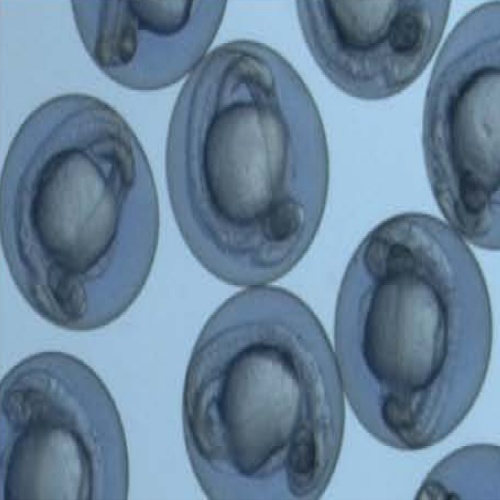Methylene blue fails to inhibit Tau and polyglutamine protein-dependent toxicity in zebrafish
08-Apr-2010
Neurobiol. Dis., 2010, doi:10.1016/j.nbd.2010.03.023 published on 08.04.2010
Neurobiology of Disease, online article
Neurobiology of Disease, online article
Methylene blue is an FDA approved compound with a variety of pharmacologic activities. It inhibits aggregation of several amyloidogenic proteins known to be deposited in neurodegenerative diseases. Recently, it has been proposed that methylene blue shows significant beneficial effects in a phase 2 clinical trial by slowing cognitive decline in Alzheimer's disease patients. To analyze its therapeutic potential, we investigated the effect of methylene blue on neurotoxicity in a zebrafish model for tauopathies. Transgenic expression of the frontotemporal dementia associated Tau-P301L mutation recapitulates a number of the pathological features observed in humans including abnormal phosphorylation and folding of Tau, tangle formation and Tau-dependent neuronal loss. Upon incubation of zebrafish larvae with methylene blue, neither abnormal phosphorylation nor neuronal cell loss, reduced neurite outgrowth or a swimming defect were rescued. Methylene blue is biologically active in zebrafish since it reduced aggregation of a huntingtin variant containing a stretch of 102 glutamine residues. However, although huntingtin aggregation was largely prevented by methylene blue, huntingtin-dependent toxicity was unaffected. Our findings are consistent with the hypothesis that toxicity is not necessarily associated with deposition of insoluble amyloid proteins.











